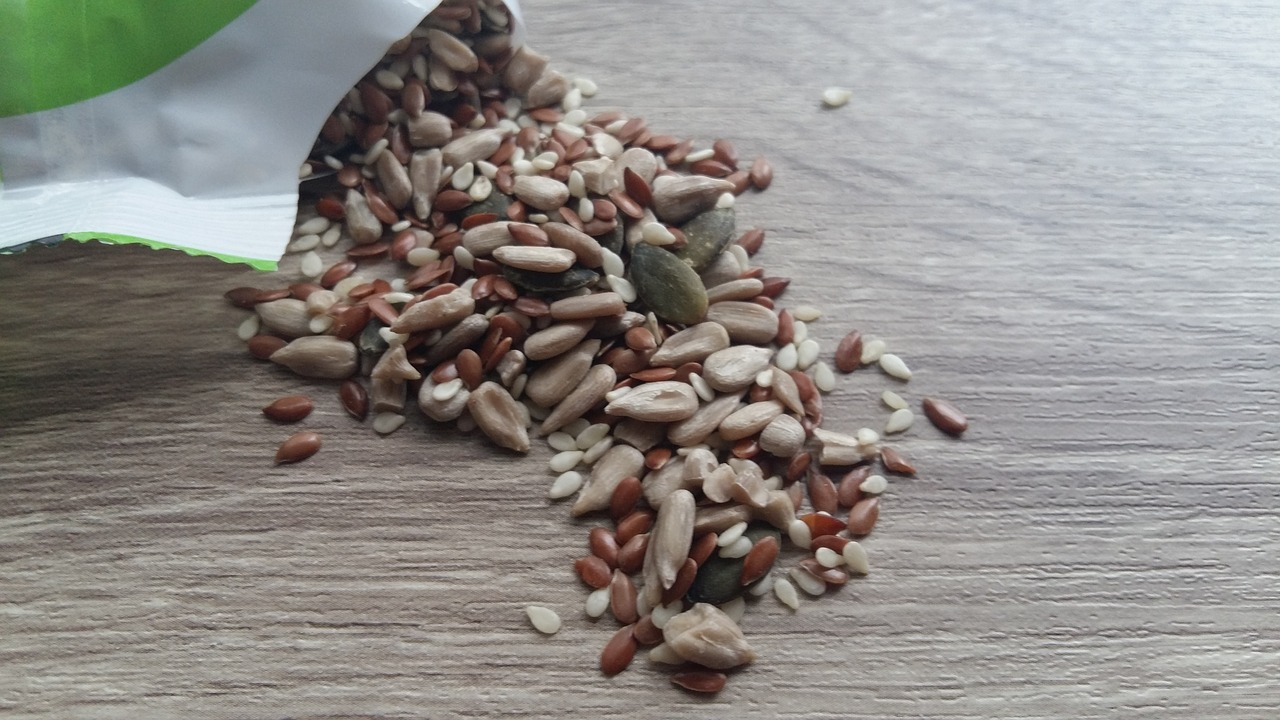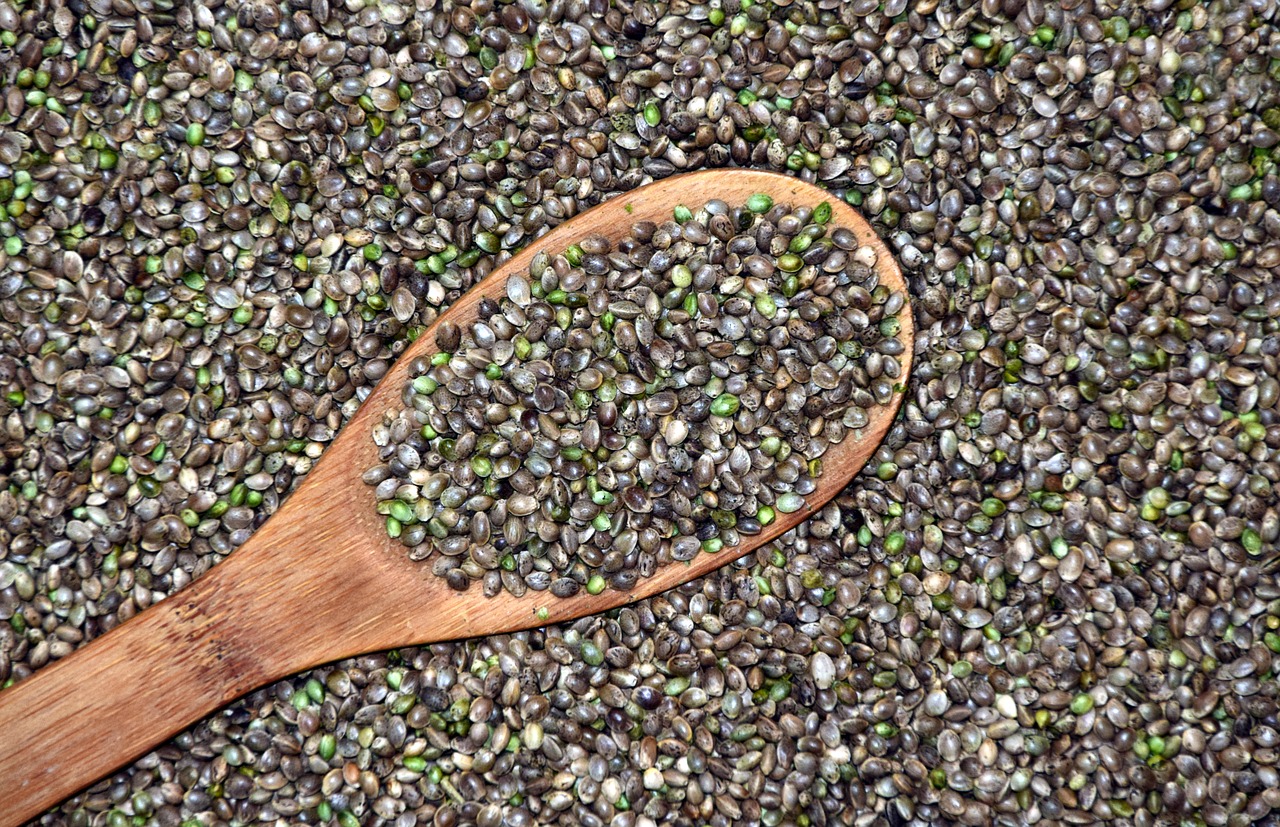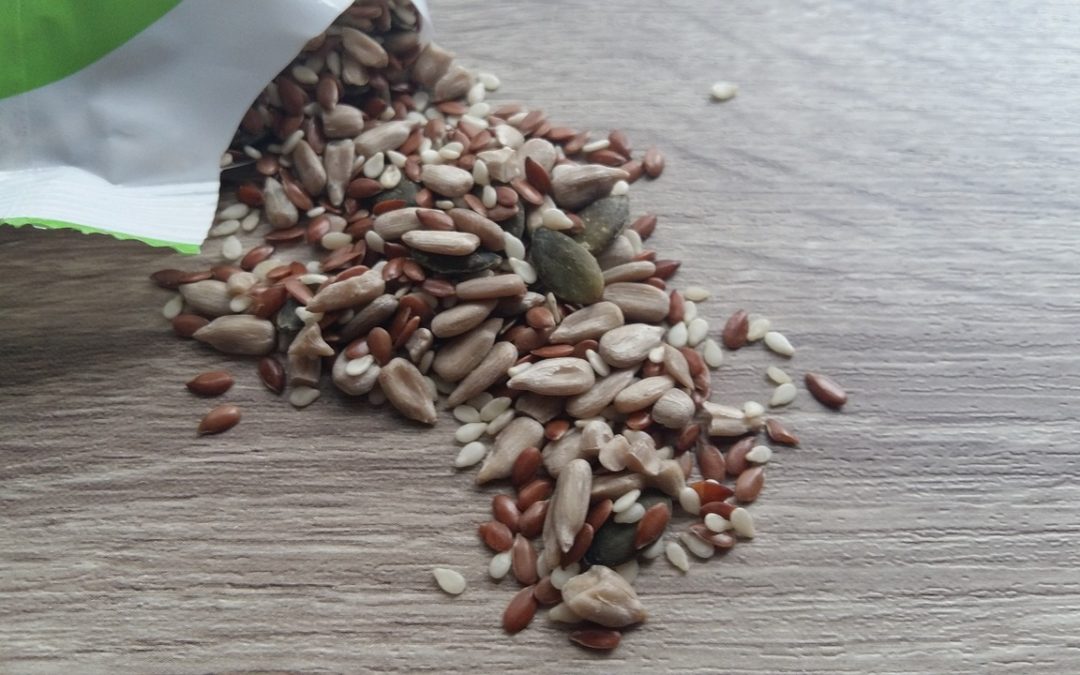Have you heard about “Seed Cycling”? Among the frenzy of health trends and diets, Seed Cycling is making its way into the lives of women around the globe. If you are suffering from hormonal imbalances, PMS, or irregular periods, then incorporating changes in your diet can help some of your hormonal symptoms reduce or disappear. In fact, very often dietary changes are a great addition to lifestyle changes when it comes to getting your cycle back on track.
Here is all you must know about Seed Cycling.

Seed Cycling: What is the fuss all about?
As the name suggests, seed cycling is a systematic process of enriching your diet with different seeds that can offer hormonal support. The entire feminine cycle has phases, wherein you undergo many hormonal changes. By adding healthful seeds during these phases, you can get the required oils, nutrients, vitamins, manage estrogen, and progesterone. While sunflower seeds and pumpkin seeds have been a staple in seed cycling, people are also opting for hemp seeds and chia seeds.
Seed cycling is an organic way of pushing your body to follow the natural rhythm that gives the right pathway to hormone production. Either by stimulating or detoxifying, you can remove the deficiencies and even remove excess hormones from your body.
How can it change your life?
Are you wondering how seeds can alter your entire cycle? There are three nutrients present in seeds, which are responsible for the process.
1. Lignan
Estrogen is a primary female sex hormone, although you can find it in both men and women. In females, estrogen affects not only the reproductive health by also controls the menstrual cycle. High levels of this hormone can lead to several menstrual problems like irregular periods, severe symptoms of PMS, and heavy flow. A majority of seeds, be it pumpkin seeds or flaxseeds are rich in lignan. While the term may be alien to you, you have been consuming it for years. Lignan is a polyphenol that contains phytohormones, which can help reduce the production of estrogen in your body.
When you ingest lignan, also known as enterodiol, the bacteria present in your stomach converts it into human lignan or enterolactone. These chemicals then attach themselves to the receptors, bringing down the estrogen levels. In case you have low levels of estrogen, it can counter that as well by supplementing the estrogen levels.
2. Minerals
During the initial phase of the menstrual cycle, a woman needs more minerals. Zinc is a vital mineral that decreases the level of progesterone, which is high in the later stage of the feminine cycle, known as the Luteal phase. It is the presence of progesterone that causes the symptoms of pre-menstrual syndrome. An excellent source of zinc, incorporating pumpkin seeds in your daily diet is a great way to combat PMS symptoms.
3. Fatty Acids
As essential as fatty acids are for growth, they can also alter the hormonal balance. While Omega-3 taken during the first phase of the feminine cycle can boost estrogen levels, Omega-6 facilitates the production of progesterone. You can get your required dose of fatty acids from a diet rich in seeds. Hemp seeds, chia seeds, and even flaxseeds are rich in Omega-3 and Omega-6.
How can you implement seed cycling?
To make sure that seed cycling works for you, it is essential to know which phase of the cycle you are in. However, if your menstrual cycle is irregular, it can be difficult for you to determine the phase you are in currently. In such a scenario, you can start the seed diet on the first day of your period.
Below is a guide on how you can adopt it.
Follicular Phase
The follicular phase begins the day you start your period and lasts till the day you start ovulating. Lasting for 14 days, your body needs the most amount of estrogen during this phase. Including seeds like pumpkin seeds, flaxseeds, hemp seeds, along with fish oil into your daily diet can help your body in producing the required hormone.
What to include? 1 tablespoon pumpkin seeds + 1 tablespoon flax seeds + 1,500 mg fish oil.
Luteal Phase
The luteal phase starts usually on the day after ovulation. It can last from day 15 to day 28 in an ideal 28-day cycle, but it may vary if your period is irregular. Low levels of estrogen during the onset of the luteal phase can be the reason behind the symptoms of PMS. By taking sesame seeds, sunflower seeds, and evening primrose oil you can promote the production of progesterone and get PMS symptoms in control.
What to include? 1 tablespoon sesame seeds + 1 tablespoon sunflower seeds + 1,500 mg evening primrose oil.

Can hemp seeds help restore hormonal balance?
While people have been using cannabis for long, hemp seeds are becoming quite the rage now. With the recent legalising and modern research, hemp seeds have managed to secure a place in everyone’s kitchen. Hemp seeds offer a plethora of health benefits, and balancing the hormones is among them.
Hemp seeds contain both Omega-3 and Omega-6 in the ratio of 4:1. Our body needs both the essential fatty acids to restore hormonal balance. In the follicular phase, you need Omega-3 to handle the estrogen level. In the luteal phase, when progesterone levels are on a peak, our body needs more of Omega-6 to reduce it. With taking hemp seeds during the later stage, you can get control over mood swings, tenderness in breasts, or even bloating. So, you can include hemp seeds during both phases.
Are you tired of dealing with the symptoms of unbalanced hormones? If you are, why not adopting seed cycling as part of your hormonal balance toolkit? Whether it is infertility or irregular periods, thyroid or PCOS, seed cycling can help you reduce some of your most frustrating symptoms.
About The Author

Jessica Smith is an avid reader who enjoys getting lost in the world of books. Holding on to her passion for fitness, She Believes that a healthy diet is a key to healthy living.


I have a question. Can I take two tablespoons of pumpkin seeds instead of flaxseeds because it doesn’t suit me or is there any alternative to flaxseeds. Please help me regarding this issue. Thank you.
Hi Asma, both pumpkin and flax seeds have a similar effect. Both can help naturally increase estrogen product while simultaneously providing fibre to help healthy estrogen metabolism. As such you can yes take pumpkin seeds instead of flaxseeds. Generally speaking, I would anyway recommend to switch up your seeds for better hormonal balance effect.